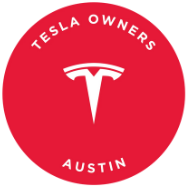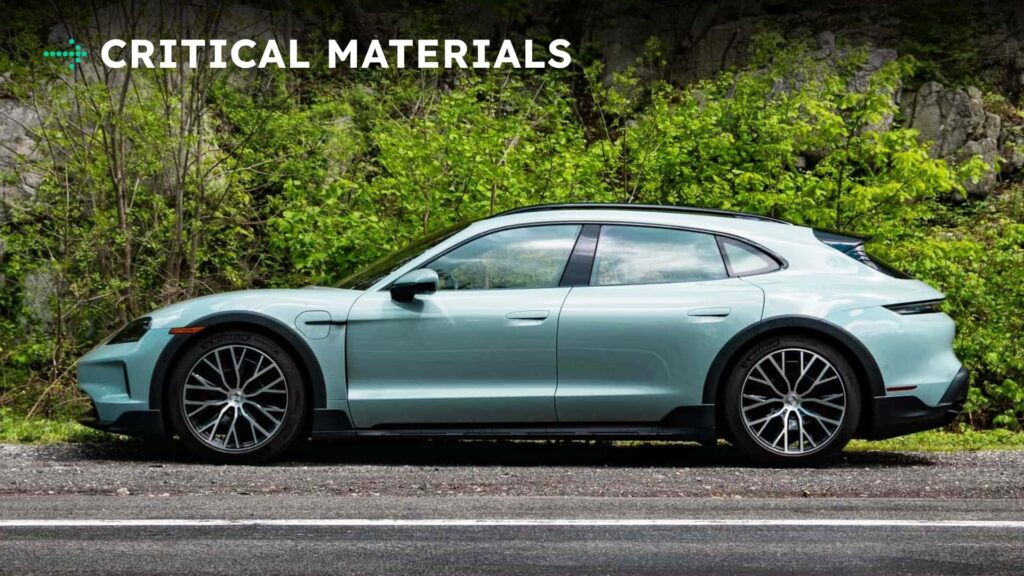The Porsche Taycan has been making waves in the electric vehicle industry for its exceptional performance, range, and technology. As a luxury electric vehicle, it has set a new standard for what EVs can achieve. However, despite its success, Porsche’s overall shift towards electric vehicles has hit some roadblocks.
Porsche, like many other automakers, had announced ambitious plans to transition to electric vehicles, aiming to have 80% of its lineup electric by 2030. The company’s flagship Taycan was a step in this direction, showcasing Porsche’s ability to create a high-performance electric vehicle. However, recent developments indicate a shift in Porsche’s strategy.
The latest news suggests that Porsche’s planned large three-row SUV will no longer be fully electric, signaling a move towards hybrid and gas-powered vehicles as well. This decision comes as Porsche faces challenges in the market, including a preference among luxury buyers for the “experience” of owning internal combustion cars.
One of the key reasons for this shift is the changing landscape in the automotive industry, particularly in regions like China and the United States. In China, local manufacturers are dominating the EV market, posing a challenge for traditional luxury brands like Porsche. Additionally, U.S. tariffs and increasing costs could impact Porsche’s bottom line, especially as EV incentives begin to phase out.
Despite these challenges, Porsche’s parent company Volkswagen has been making strides in the EV market, outselling competitors in Europe and introducing more affordable electric models. However, luxury brands within the Volkswagen group, including Porsche, are facing difficulties.
Overall, Porsche’s experience with the Taycan serves as a valuable lesson for the auto industry. While EVs hold great promise for the future, automakers must navigate a complex landscape of market trends, regulations, and consumer preferences. The success of the Porsche Taycan demonstrates the potential of electric vehicles, but it also highlights the challenges that automakers face in transitioning to a more sustainable future. The Audi Group, which encompasses luxury brands like Bentley, Lamborghini, and motorcycle manufacturer Ducati, faced challenges in the first half of the year as shipments declined in key markets such as North America and China. This resulted in the company revising its outlook for the year, reflecting the impact of these market trends on its overall performance.
Adding to the complexity of the situation, the European Union has maintained its ban on new gas and diesel car sales after 2035. This regulatory environment presents a dilemma for automakers like Porsche, a subsidiary of the Audi Group, as they must continue to invest in electric vehicles (EVs) to comply with European regulations while also navigating fluctuations in demand for gas-powered cars in markets like China and the United States.
Porsche, known for its high-performance vehicles, has made strides in the EV space with models like the Macan Electric and the upcoming Cayenne Electric. These EV offerings showcase Porsche’s commitment to innovation and sustainability. However, the transition to an all-electric future is not without its challenges, as evidenced by the shifting market dynamics and regulatory landscape facing the automotive industry.
In contrast, Chinese tech giant Xiaomi has entered the high-performance EV market, posing a competitive threat to traditional automakers like Porsche. However, Xiaomi faced a setback when one of its vehicles, the SU7, was involved in a fatal crash in China due to issues with its automated driving assistance systems. The incident raised concerns about the regulation of ADAS systems in China and prompted Xiaomi to issue a recall of nearly 117,000 vehicles to address the safety issue.
The recall highlighted the importance of ensuring the reliability and effectiveness of ADAS technologies, especially in the context of autonomous driving. China’s growing autonomous vehicle industry underscores the need for robust regulatory frameworks and safety standards to support the development and deployment of advanced driver-assistance systems.
As the automotive industry continues to evolve, companies like the Audi Group and Xiaomi must navigate a complex landscape of technological advancements, regulatory requirements, and shifting consumer preferences. By addressing challenges and embracing opportunities in the EV market, these companies can position themselves for success in an increasingly competitive and dynamic industry. The United States has finally appointed a new chief for the National Highway Traffic Safety Administration (NHTSA), Jonathon Morrison. After being without a permanent chief since the first Trump administration, President Joe Biden’s administration has confirmed Morrison, a former lawyer for Apple and chief counsel at NHTSA during Trump’s first term, as the head of the agency. This appointment comes at a critical time for auto safety, particularly with the increasing prevalence of automation in vehicles.
Morrison’s tenure at NHTSA will be marked by the challenges posed by automation, including the deployment of robotaxis on American roads and the integration of advanced driver-assistance systems (ADAS) in regular vehicles. He will also need to navigate the delicate balance between promoting safety and innovation in the automotive industry without driving up car prices, a concern raised by several senators during his confirmation process.
One of the key issues Morrison will have to address is the case of Tesla, which has been under investigation by NHTSA for delays in submitting crash reports related to its advanced driver-assistance systems and self-driving vehicles. The agency has been looking into reported collisions involving Tesla vehicles equipped with full self-driving technology, including a fatal crash in 2023. Additionally, NHTSA has opened an investigation into crashes involving a feature that allows users to move their Tesla cars remotely.
Transportation Secretary Sean Duffy has expressed a commitment to accelerating the deployment of self-driving vehicles, which could potentially change the way we think about driving in America. NHTSA has announced plans to revise regulations that currently assume a human driver is in command, signaling a shift towards a more automated future on the nation’s roads.
With Morrison at the helm of NHTSA, the agency is poised to take on the challenges and opportunities presented by the increasing automation of vehicles. As technology continues to evolve, ensuring the safety of drivers and passengers will be paramount, and Morrison’s leadership will play a crucial role in shaping the future of transportation in the United States. Your first task is to figure out what rules should exist for these advanced driver assistance systems (ADAS) and autonomous vehicles (AVs) to ensure safety and consistency across the country. And let’s be real, our current patchwork system of state-by-state and even city-by-city regulations won’t cut it anymore.
One of the biggest challenges in regulating ADAS and AV technology is the lack of uniformity in how these systems are currently being used and regulated. Some states have strict rules in place, while others have very few regulations at all. This leads to confusion for both manufacturers and consumers, as well as potential safety hazards on the road.
So, where do we start in creating a set of rules that can be applied nationwide? Here are a few key considerations:
1. Standardized Testing and Certification
One of the first steps in regulating ADAS and AV technology should be the establishment of standardized testing and certification processes. This would ensure that all vehicles equipped with these systems meet a certain level of safety and performance standards before they are allowed on the road. Manufacturers would be required to submit their systems for testing by an independent third party, and only those that pass would receive certification.
2. Clear Definitions and Terminology
Another important aspect of regulating ADAS and AV technology is the need for clear definitions and terminology. Currently, there is a lot of confusion around what different terms mean, such as “autopilot” or “self-driving.” Establishing clear definitions for these terms would help to prevent misunderstandings and ensure that consumers have a better understanding of what their vehicles are capable of.
3. Data Collection and Reporting
In order to monitor the safety and performance of ADAS and AV technology, there needs to be a system in place for data collection and reporting. This would involve requiring manufacturers to collect and report data on the performance of their systems, including any accidents or near misses that occur. This data could then be used to identify areas for improvement and inform future regulations.
4. Cybersecurity and Data Privacy
With the increasing reliance on technology in vehicles, cybersecurity and data privacy have become major concerns. Regulations should be put in place to ensure that ADAS and AV systems are secure from hacking and that consumer data is protected. This could involve requirements for encryption, regular security updates, and transparency around how data is being used and shared.
Overall, regulating ADAS and AV technology is a complex and challenging task, but it is essential for ensuring the safety and reliability of these systems on the road. By establishing standardized testing and certification processes, clear definitions and terminology, data collection and reporting mechanisms, and cybersecurity and data privacy regulations, we can create a framework that will help to guide the development and deployment of these technologies in a safe and responsible manner.

